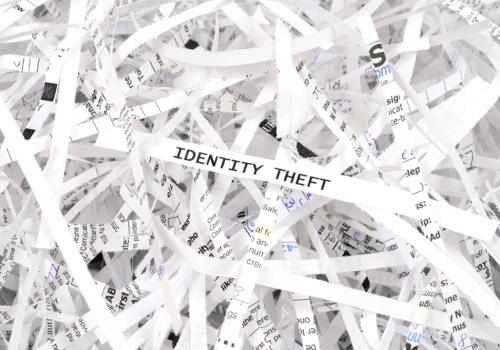Expert Tips for Implementing an Effective Confidential Document Destruction Policy

Image Source: Google
In today's digital age, businesses must prioritize the protection of sensitive information. Implementing a confidential document destruction policy is crucial to safeguarding confidential data and ensuring compliance with privacy regulations.
However, creating and implementing an effective document destruction policy requires careful planning and execution. In this article, we will provide expert tips to help you establish a robust and efficient confidential document destruction policy for your organization.
1. Conduct a Risk Assessment
Before implementing a document destruction policy, it is essential to assess the potential risks associated with mishandling confidential information within your organization. A comprehensive risk assessment will help you identify areas of vulnerability and determine the appropriate level of security measures needed to protect sensitive data.
Key steps in conducting a risk assessment:
- Identify the types of confidential information stored and processed by your organization.
- Assess the potential impact of a data breach or unauthorized disclosure on your business.
- Evaluate current document handling procedures and identify any weaknesses or gaps in security protocols.
- Consider regulatory requirements and industry best practices related to data protection.
2. Develop a Clear Policy and Procedures
Once you have completed a risk assessment, the next step is to develop a clear and comprehensive document destruction policy that outlines the procedures for securely disposing of confidential information. This policy should define the types of documents that require destruction, the methods of destruction to be used, and the responsibilities of employees in adhering to the policy.
Key components of an effective document destruction policy:
- Classification of confidential information and clear guidelines on handling each type of document.
- Specific instructions on how documents should be securely stored and transported for destruction.
- Designation of designated individuals or departments responsible for overseeing the document destruction process.
- Regular training for employees on the importance of document security and compliance with the policy.
3. Implement Secure Document Destruction Practices
Implementing secure document destruction practices is essential to ensure that confidential information is effectively and permanently destroyed. There are several methods available for securely disposing of documents, including shredding, pulping, and incineration. It is important to choose a method that aligns with the level of sensitivity of the information being destroyed and complies with privacy regulations.
Best practices for secure document destruction:
- Invest in a high-quality shredder that can effectively destroy documents into tiny, unreadable pieces.
- Implement a secure shredding schedule to ensure that documents are disposed of in a timely manner.
- Consider using a professional document destruction service for large volumes of sensitive information.
- Maintain a record-keeping system to track the disposal of confidential documents and ensure compliance with the policy.
4. Monitor and Audit Compliance
Monitoring and auditing compliance with the document destruction policy is essential to ensure that all employees are following the established procedures and guidelines. Regular audits will help identify any potential gaps in the policy and address any issues or non-compliance promptly.
Key steps in monitoring and auditing compliance:
- Conduct regular spot checks to verify that employees are following the document destruction procedures correctly.
- Review the record-keeping system to ensure that all document disposal activities are properly documented.
- Provide feedback and ongoing training to employees to reinforce the importance of document security and compliance.
- Address any compliance issues or violations promptly and implement corrective actions as needed.
5. Stay Informed and Up-to-Date
As technology and regulations continue to evolve, it is essential to stay informed about the latest developments in data protection and document security. Regularly review and update your document destruction policy to ensure that it remains effective and compliant with current laws and industry standards.
Ways to stay informed about data protection best practices:
- Subscribe to industry newsletters and publications for updates on data security trends and regulations.
- Attend conferences and webinars on data protection and compliance to stay up-to-date on best practices.
- Engage with industry experts and consultants to receive guidance on enhancing your document destruction policy.
- Participate in training and certifications related to data protection to enhance your knowledge and skills in this area.